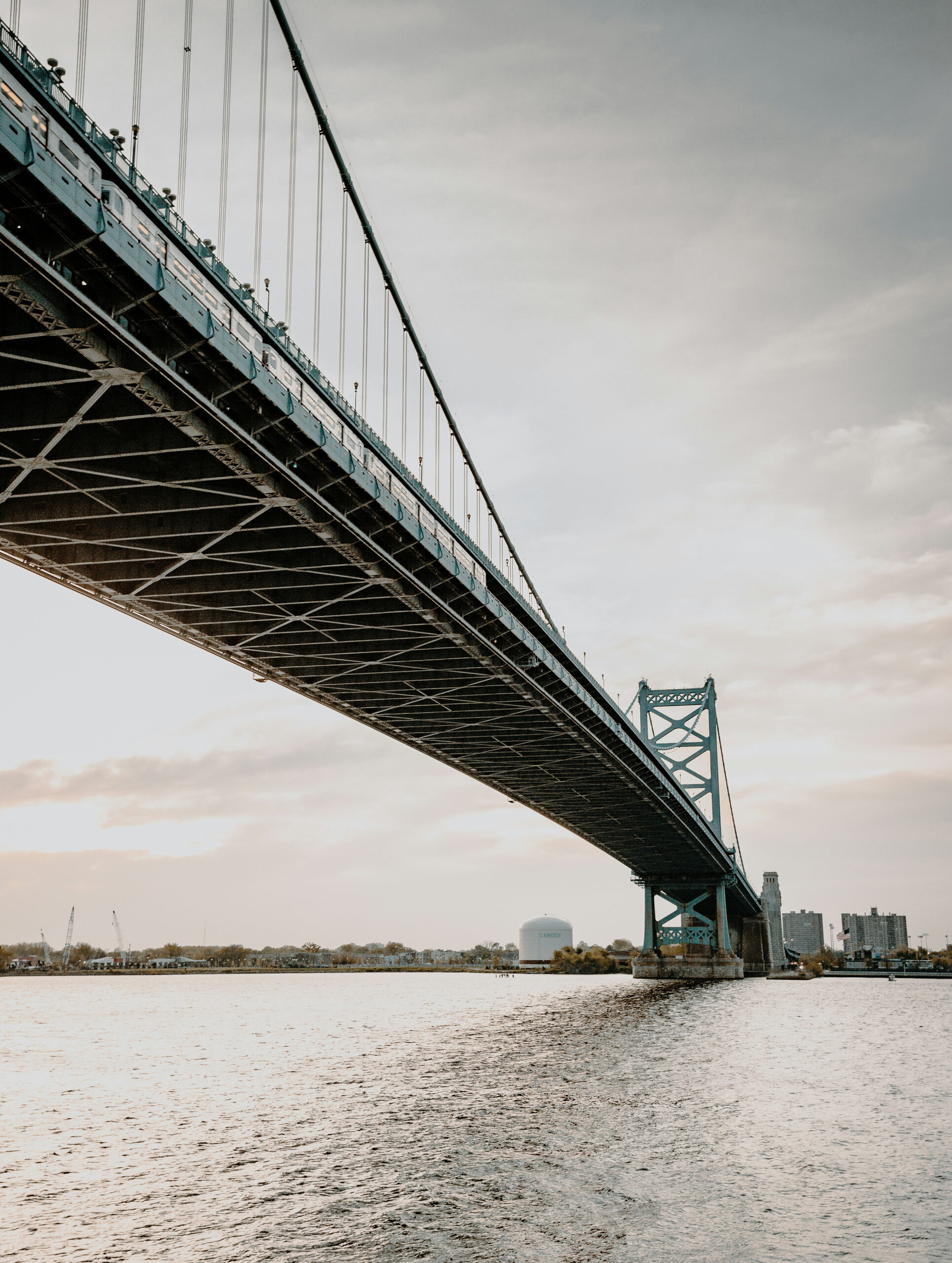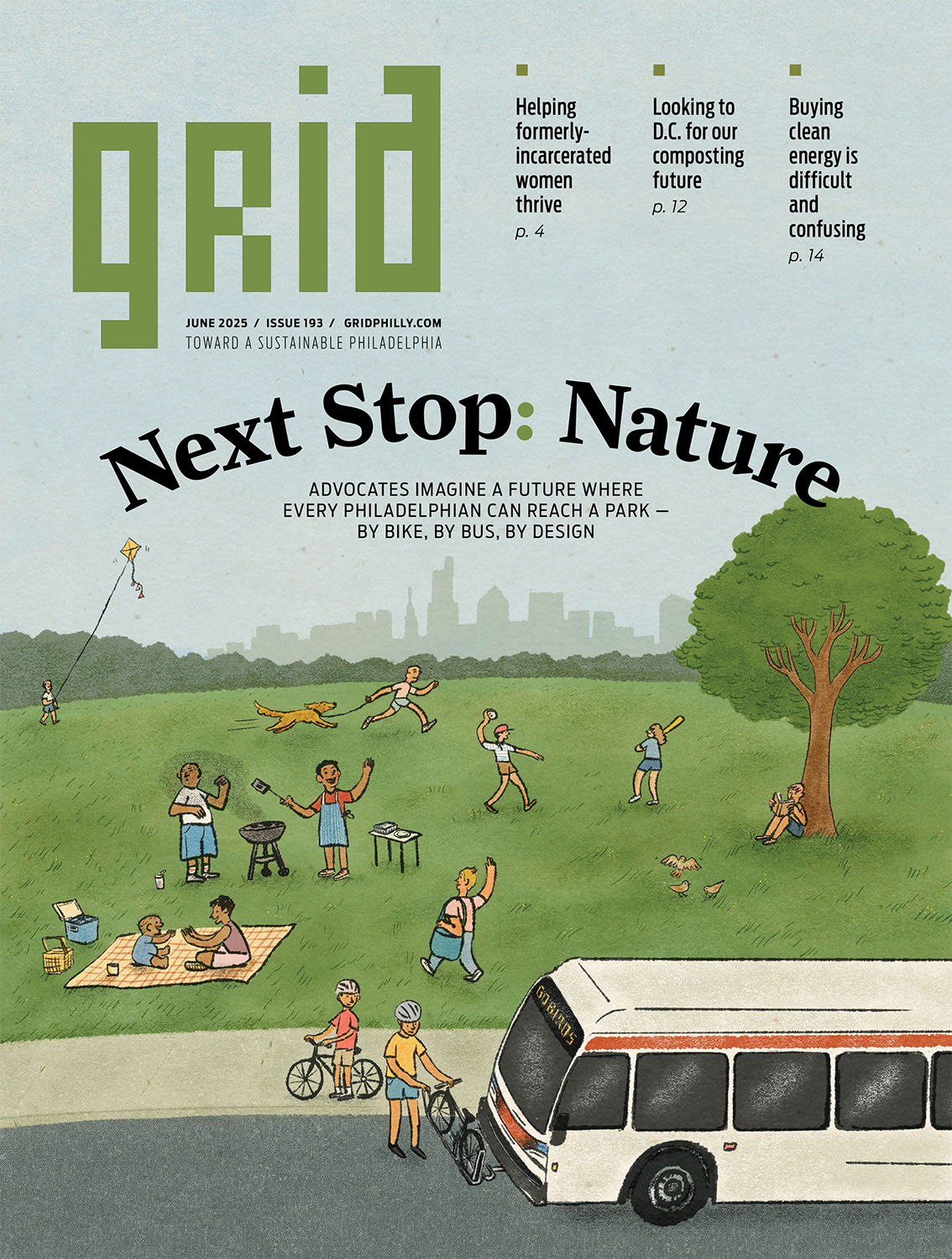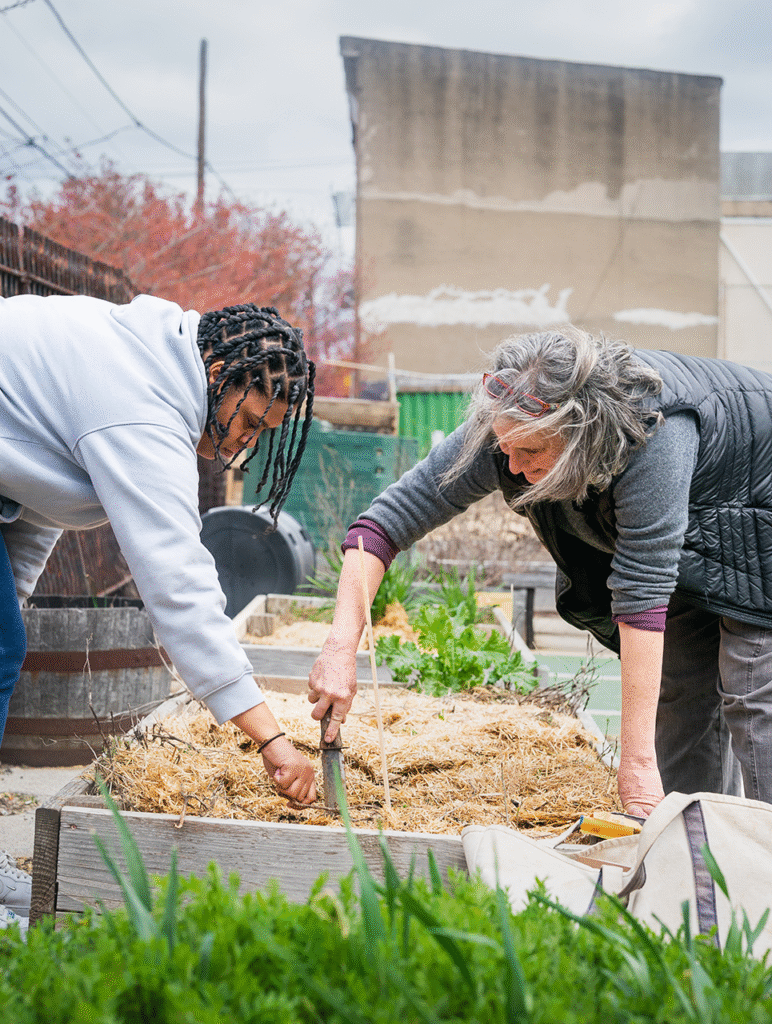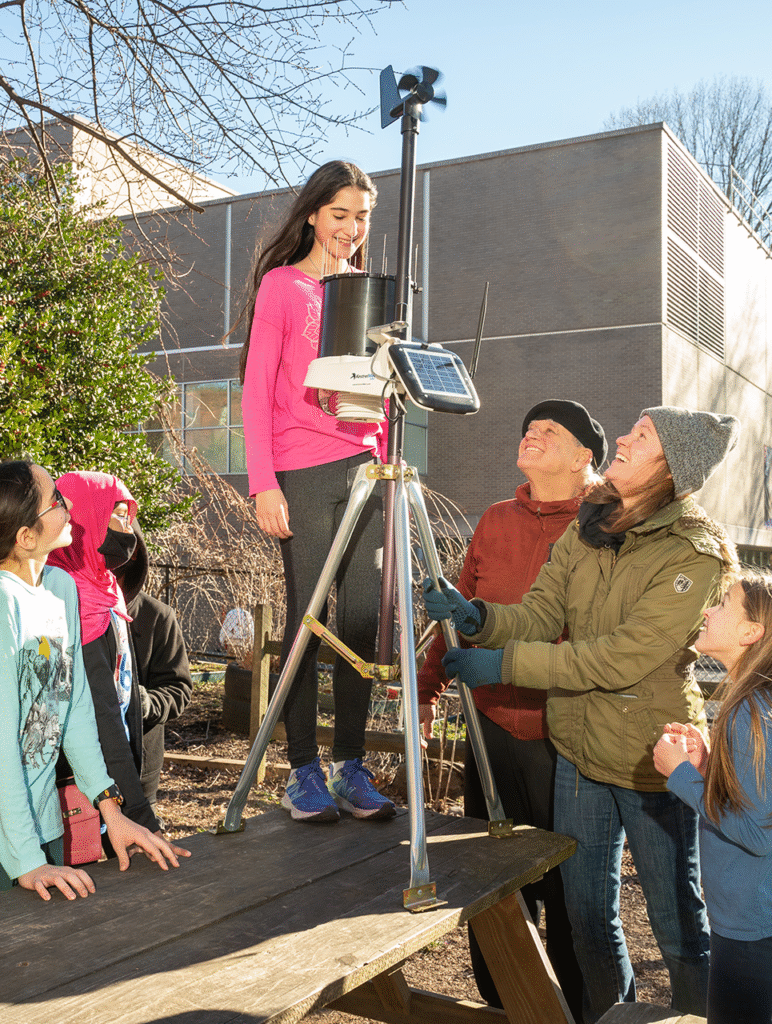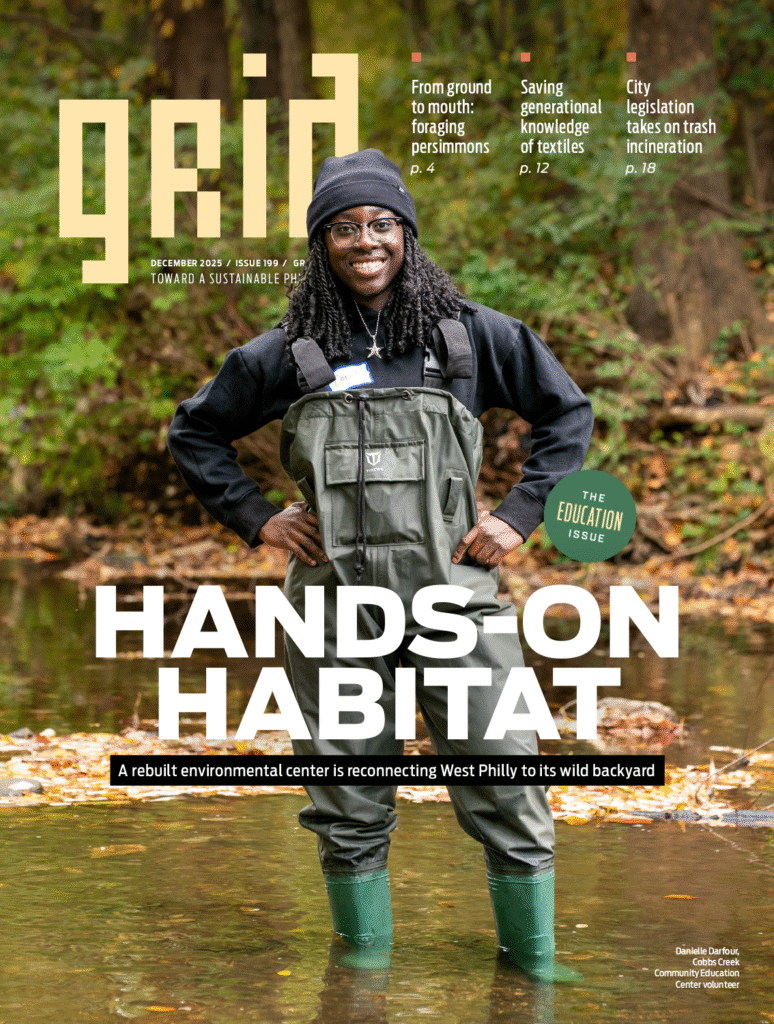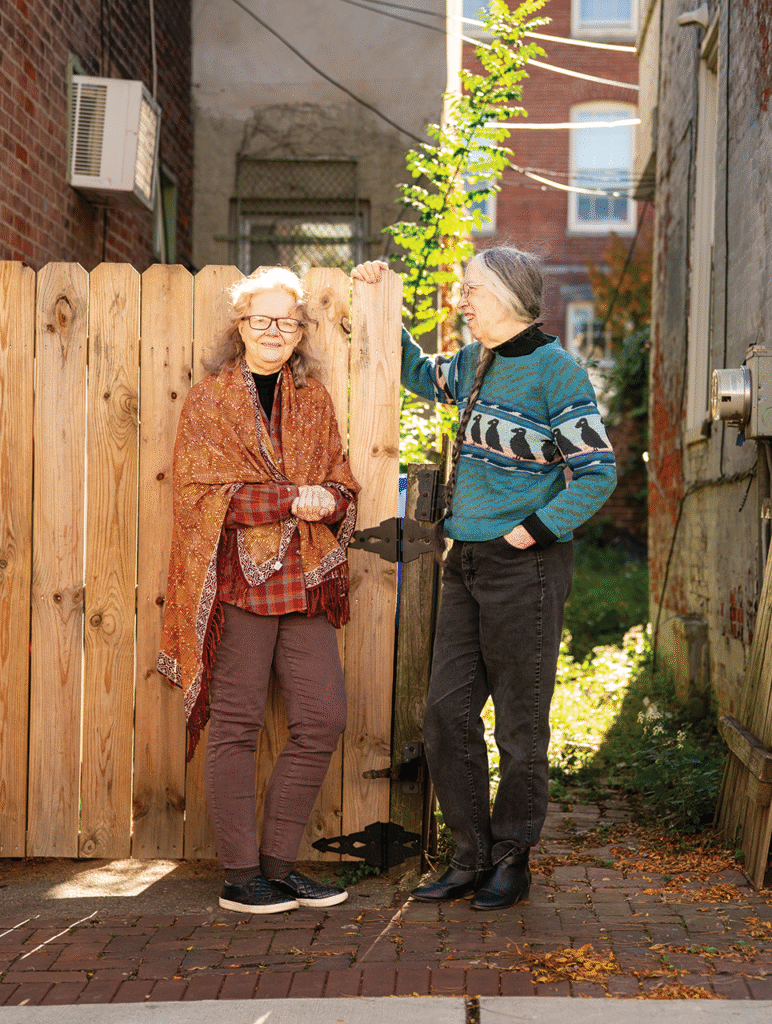Philadelphia climbed four spots in the Trust for Public Land’s latest ParkScore index, released today, May 21, rising in the rankings from 32 to 28 out of the country’s 100 most populous cities. The index scores city park systems in subcategories such as access, acreage, amenities, investment and equity.
Two factors explain Philadelphia’s rise through the rankings this year, according to Will Klein, associate director for parks research at the Trust for Public Land: the inclusion in the amenities category of sports playing fields, which had not been counted before, and increased capital investment in the parks system.
This year, “about three-quarters of the investment increase is due to capital improvements — mostly from the City getting Rebuild dollars out the door following a COVID-induced lull,” Klein says. “The other big chunk is from nonpublic investment, especially the Fairmount Park Conservancy for FDR Park and other renovations.” The operations spending on the park system has remained roughly flat, according to Klein.
Park spending is generally divided between the day-to-day expenses of operations, which are mostly funded by taxes, and capital spending on new infrastructure and major renovations, which is mostly financed with money borrowed through bond sales.
Overall, Philadelphia still invests less in its park system than its peer cities do. “The city spends $112 per person on its park system, above last year’s $86 but still trailing the national ParkScore average of $133,” according to a Trust for Public Land press release.
Besides government spending, ParkScore’s investment category includes two categories of nonpublic input: money and volunteer time, the latter assigned a dollar value. In Philadelphia, private groups tend to pick up more of the tab than is typical for peer cities. This year $82 per person comes from government sources, $29 from spending by private groups, and $1 from volunteer labor.
While Philadelphia does have an abundance of playing fields, Philadelphia Parks & Recreation maintains them in poor condition for the most part, with neighborhood groups or private sports leagues forced to step in to bring fields up to good playing condition, as Grid has reported.



